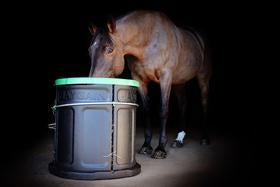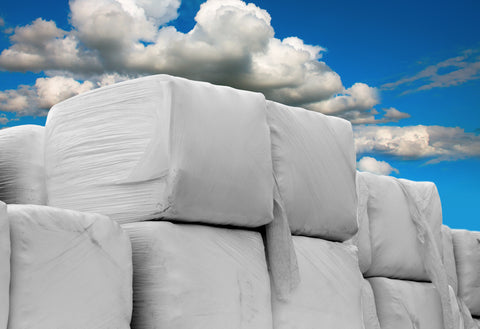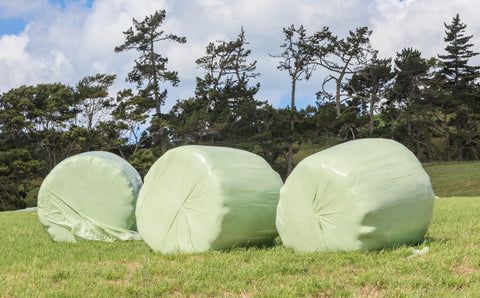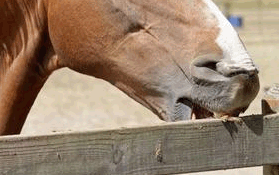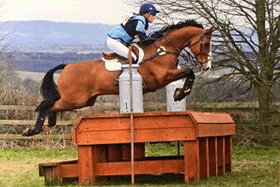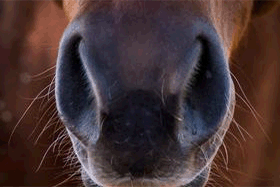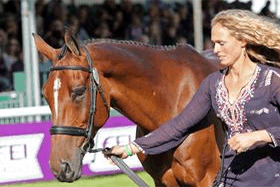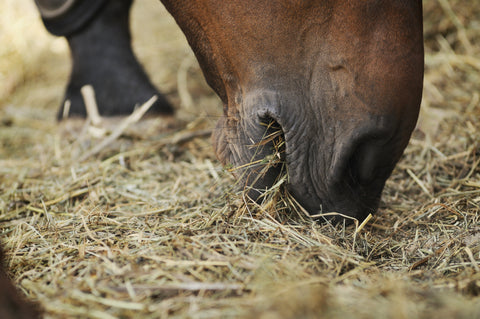The story of Haygain hay steamers
Written by Becky James BSc MSc
Many years ago, when Haygain hay steamers were just an idea, Haygain's founders worked closely with The Royal Agricultural University and Becky James MSc to test and develop a product that could eliminate the threat of respirable dust particles in hay and haylage.
When the research first began, Professor Meriel Moore Colyer of the Royal Agricultural University was looking for an alternative to soaking hay in order to reduce respirable dust while retaining minerals and the nutritional value. Professor Moore-Colyer and Haygain worked together to test different methods of steaming hay. The team realised that in order to steam evenly and reach all areas of the hay, a system that would inject steam evenly throughout the hay was needed. 
Haygain's patented manifold spike system was born, the spike system was tested in several configurations settling on the deltoid configuration, the most effective design for injecting steam evenly throughout the whole bale of hay.
Next the team needed to test the effect this had on the microbial profile of the hay. Standard microbiology techniques were used, maximum recovery diluting (MRD) solution was added to each sample, before stomaching for 2 minutes series of dilutions were created to grow bacteria, yeasts and fungi. Petrifilms were incubated for 3-7 days at 33°C for the Total Viable Count of bacteria (TVC) and 20°C for yeasts and fungi. These temperatures would give the ideal growing conditions for the team to measure results.
The results were staggering. After taking the Petrifims out of the incubators the effect was clear.
The sample on the left is dry hay showing around 7.74 million colonies of spores from a single gram of hay. The sample on the right had been steamed.
From here the team carried out full blown data collection, repeated with 5 separate bales of hay. Colony numbers were counted and the difference between the dry and steamed hay was determined using the Wilcoxon signed rank test.
This was the first of many research papers to be published on Haygain and can be found as part of a summary paper in the Journal of Equine Veterinary Science (Moore-Colyer, M.J.S. Taylor, J. and James, R. The effect of steaming and soaking on the respirable particle, bacteria, mould and nutrient content in hay for horses. Journal of Equine Veterinary Science. Aug 2015 Language: English. http://www.j-evs.com/article/S0737-0806(15)00581-X/abstract
In order to make Haygain a viable product that was practical and horse owners would buy the team needed to look at the chest unit. Thermally efficient double skinned plastic was found to be the best option to ensure that the required temperature was always reached during steaming, even in cold temperatures.
It was found during further testing that steaming in a non-insulated box without the Haygain patented spike manifold system, failed to reach the required temperatures. This was because steam was going from the outside-in and heat was lost through the non-insulated walls which meant during colder weather the unit failed to reach high enough temperatures to kill mould and fungal spores. In addition, bacterial contamination increased.
Summary
Steaming with a Haygain hay steamer is a very different process compared to using a homemade steamer.
Haygain has helped numerous horses since it was launched onto the market 9 years ago and remains the only scientifically proven method for purifying hay.
References:
Journal of Equine Veterinary Science (Moore-Colyer, M.J.S. Taylor, J. and James, R. The effect of steaming and soaking on the respirable particle, bacteria, mould and nutrient content in hay for horses. Journal of Equine Veterinary Science. Aug 2015
Taylor, J. and Moore-Colyer, M.J.S. (2013). The effect of five different wetting treatments on the microbial concentration in hay for horses. Proceedings of the European Equine Health and Nutrition Congress. Ghent, Belgium March 2013.
James R and Moore-Colyer, M.J.S. (2009) Royal Agricultural College, Cirencester, The effect of steam treatment on the total viable count, mould and yeast numbers in hay using the Haygain hay steamer. European Workshop for Equine Nutrition, Cirencester, 2010



